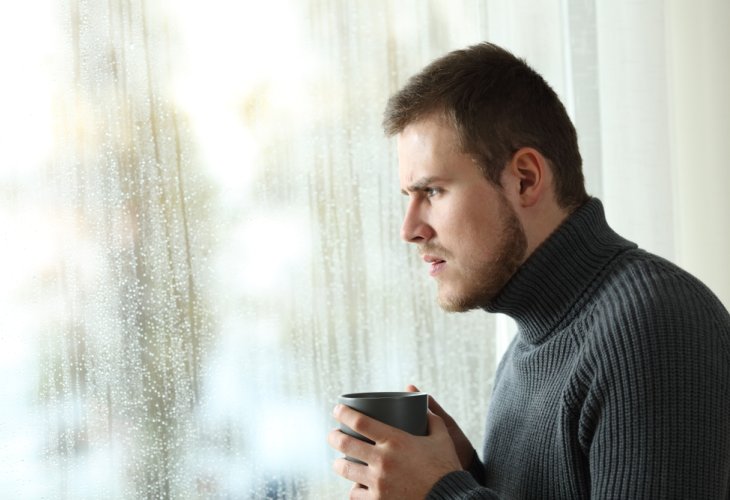Depression and Anxiety
Winter Depression and Seasonal Affective Disorder (SAD): Symptoms, Causes, and Natural Ways to Feel Better
Learn how shorter days and lack of sunlight impact mood, and discover simple, effective strategies to overcome the winter blues.
 (Photo: shutterstock)
(Photo: shutterstock)“In the summer I’m full of energy- I love going out, socializing, having fun. But in the winter, I feel down. I mean, there’s no comparison between going for a walk in the cold, gloomy weather and doing the same on a pleasant day, when people are out and about. And sitting with friends in a café while rain hits the windows isn’t quite the same as sitting outside in the breeze, feeling life in the air.”
This was David's description of the low mood he experiences every winter. Interestingly, many people actually enjoy the cozy, rainy day feeling, wrapped in a soft fleece blanket, sipping something warm while watching the wet streets outside. It’s all a matter of perspective.
In fact, some people experience a deeper dip in mood known as Seasonal Affective Disorder (SAD)- a type of depression that appears during the winter months.
Why Does It Happen?
A few years ago, a fascinating study was published across the U.S. It tracked people’s daily mood, activity levels, and time spent outdoors.
The findings were clear that the more time people spent in natural daylight, the better they felt. Something surprising showed up- people in southern U.S. states, where the sun is stronger, actually reported worse moods. Why is this?
The answer lies in how sunlight affects hormone production. Sun exposure regulates melatonin, the hormone that controls sleep and wake cycles. A disruption in this cycle can reduce the production of important neurotransmitters like serotonin and norepinephrine, which help boost mood. Dopamine, another “feel-good” chemical, also drops when sunlight is lacking. This explains why some people feel emotionally low or even depressed, during the darker months.
On the flip side, too much sun exposure- especially intense sunlight- can also be overstimulating and cause discomfort. We’ve all experienced the irritability and fatigue that come with extreme heat. This likely explains why the study found worse moods in places with high sun exposure.
What Does Winter Depression Look Like?
Not everyone with SAD experiences all symptoms, but common signs include:
Fatigue or low energy
Mood swings
Oversleeping or disrupted sleep
Anxiety and stress
Withdrawal from social activities
Craving carbs and sweets
Difficulty concentrating
Loss of interest in previously enjoyable activities
Frequent crying or sadness
Feelings of guilt or worthlessness
What Can You Do?
Based on the research, these are some practical recommendations:
Increase exposure to sunlight, even in winter, aim for at least 30 minutes a day. Open the blinds and sit near windows when indoors.
Exercise for 30–60 minutes, at least 3 times a week.
Get enough sleep- ideally 7–9 hours a night for adults.
Stay socially connected- don’t isolate yourself.
Eat well, focusing on protein-rich foods and including omega-3 supplements if needed.
Personally, I wouldn’t suggest jumping into therapy before trying these simple steps, because sometimes, the solution really is that simple. If however the symptoms persist or worsen, then seeking professional help is the right move. For seasonal depression, Cognitive Behavioral Therapy (CBT) is especially effective. It’s short-term, focused, and practical- perfect for managing winter-specific mood issues.

